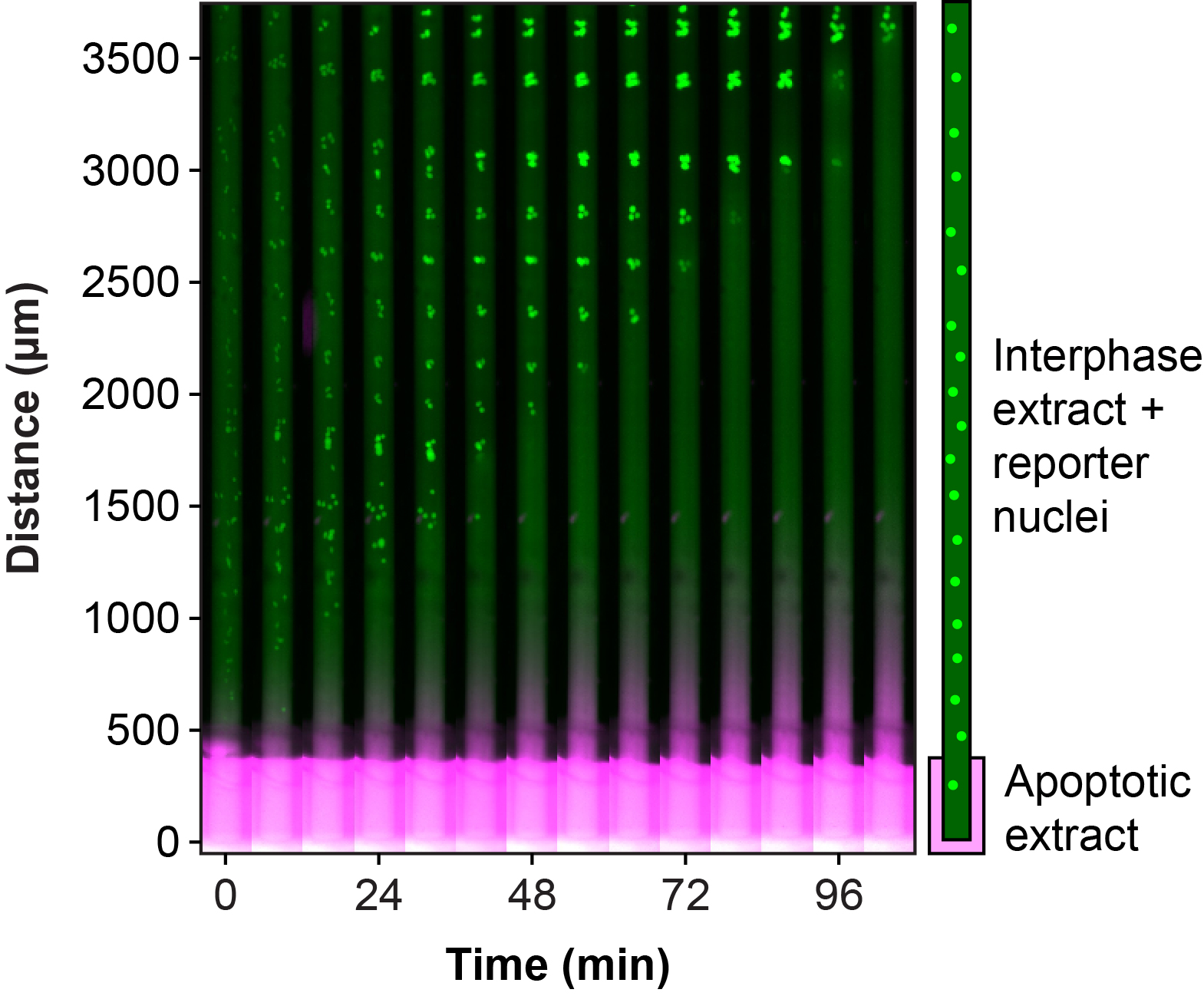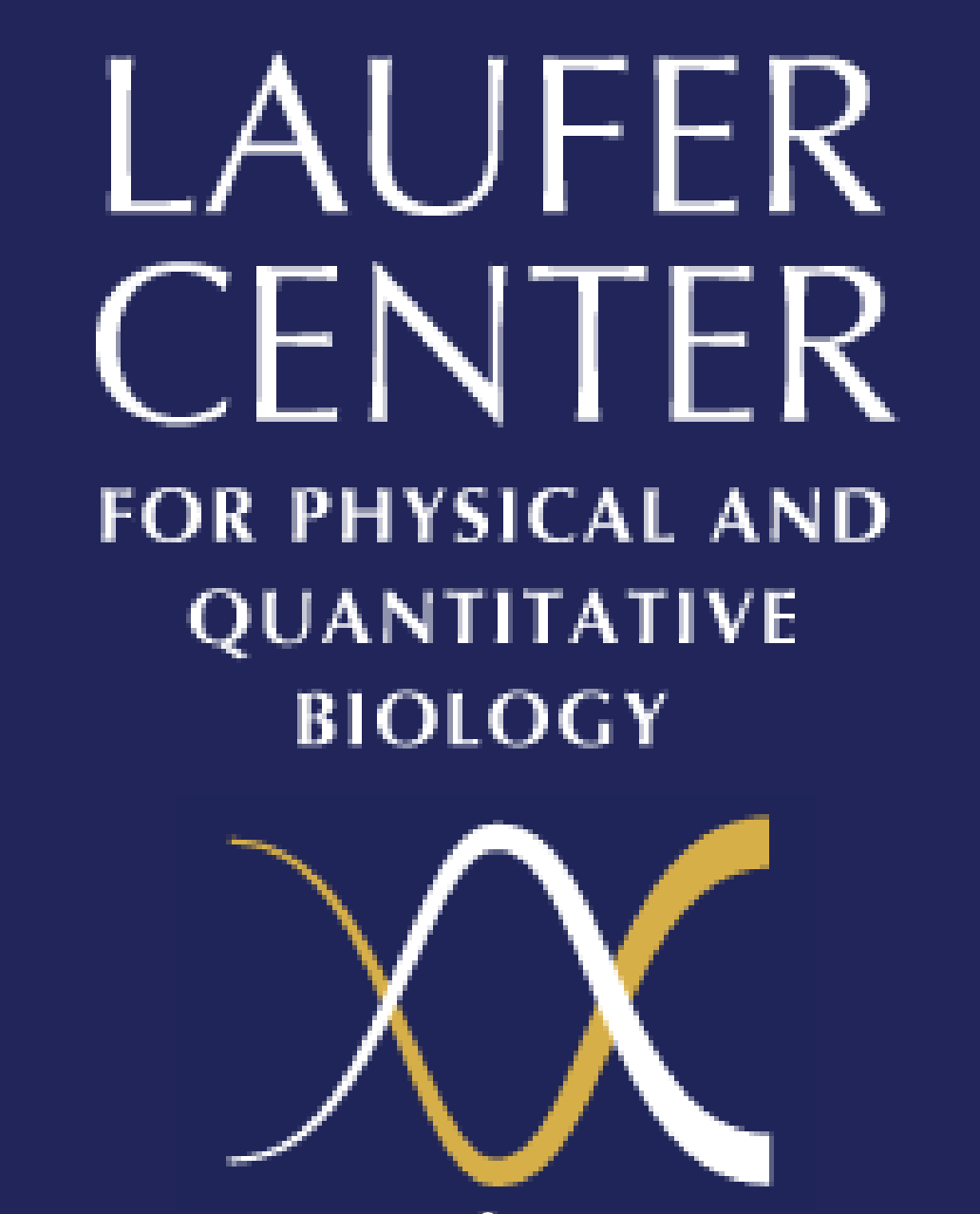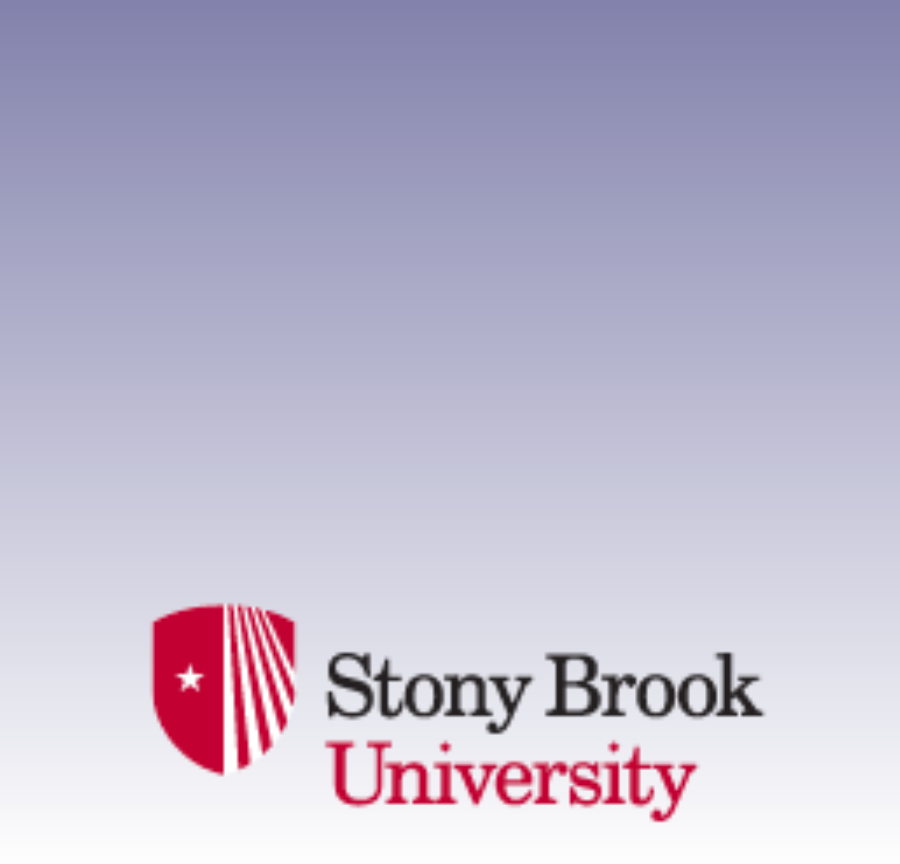Events Calendar
James E. Ferrell, Laufer Distinguished Lecturer (Lecture day 1)
Monday, April 23, 2018, 02:30pm - 03:30pm
Hits : 4993
Contact Ken Dill and Gabor Balazsi, Hosts
Professor Chemical & Systems Biology, & Biochemistry
Co-Director Stanford Center for Systems Biology
Stanford University
Trigger waves in cell signaling
Untethered cytosolic proteins can move 10 µm or so in a few seconds by simple random walk diffusion. In a typical eukaryotic cell (with a radius of ~10 µm), this is fast enough to allow a cell to respond in a spatially coordinated fashion to many stimuli. Over larger distance scales, regulators are often spread via flow. For example, hormones like insulin and epinephrine make their way around the body via the circulatory system on a time scale of a minute or so, whereas random walk diffusion would take about 500 years. An alternative to flow for long-range biological communication is the trigger wave. Action potentials are trigger waves; so are calcium waves in neurons and fertilized eggs; and so are cAMP waves in aggregating slime molds.
Here we will show that mitosis spreads through Xenopus egg cytoplasm via a trigger wave of Cdk1 activation, and apoptosis spreads via a trigger wave of caspase activation. These findings explain how a large cell like a frog egg (~1.2 mm diameter) and function in a spatially coordinated fashion, and they show that trigger waves are a recurring theme in cell signaling.

Location Laufer Center Lecture Hall 101
Reception honoring Dr. Ferrell following the lecture in Laufer Hub 110


